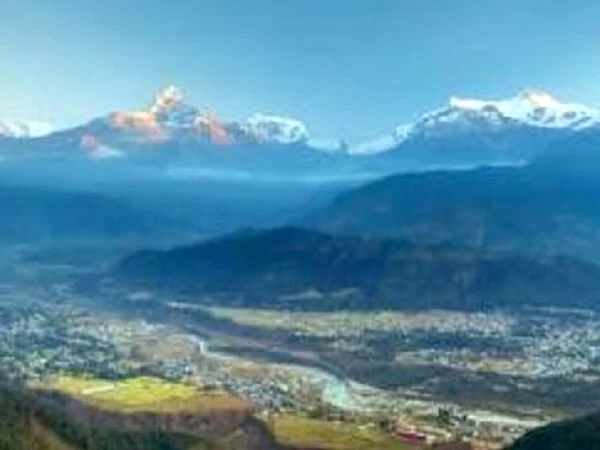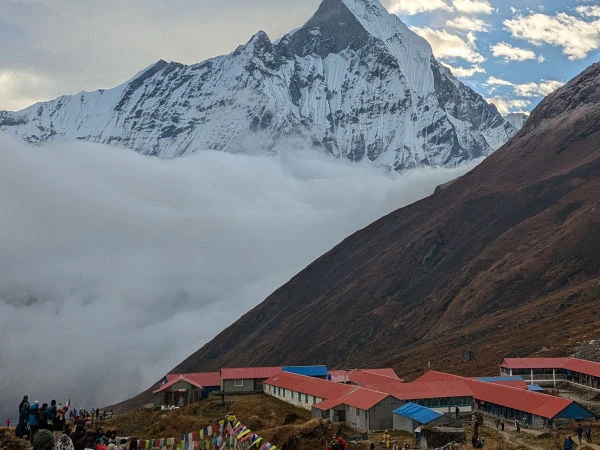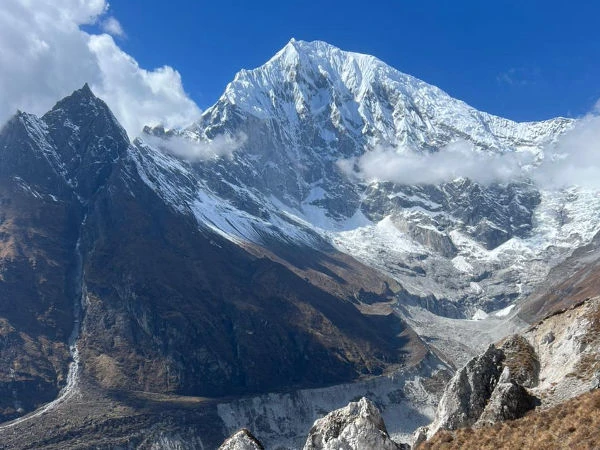The journey to the Everest region is more than just a trek if you choose the best time for trekking to Everest Base Camp. Trek to Everest Base Camp is one of the most sorted trekking experiences in Nepal. The trail in itself is an expo of diverse geography and natural variations.
You will get to explore diverse flora and fauna in the region while trekking to Everest Base Camp. You will walk over the footprints of other trekkers while the beautiful forests swallow us. It’s truly an amazing experience.
Everest region is immensely beautiful. The views of Mt Everest, Khumbu icefall, glaciers, and stunning landscape are remarkable. Witnessing the massive mountains, dramatic scenery is a mesmerizing experience.
The trek is possible throughout the year. However, you may not have a wonderful trek if the trek isn’t done in right time. The months of March, April, May ie pre-monsoon and late September, October, November, is the best time for the Everest Base Camp trek.
These months have the most stable and dry weather in the region. The daytime temperatures are so suitable for the trek. Even the nights aren’t so cold. During these months you will see the most enchanting views around the Everest.
However, with a strong determination and proper packing for the Everest Base Camp trek, you can opt to walk in the terrains of the Everest region any time of the year.
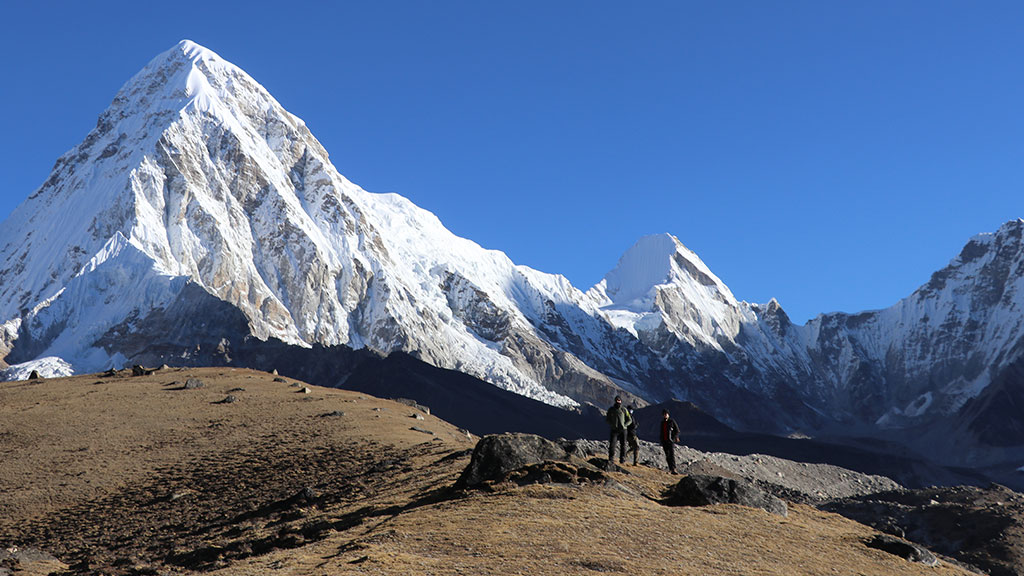
Best Months for Everest Base Camp Trek
Everest Base Camp trekking is doable in all four seasons. But each season experiences a unique climate and temperature conditions. And depending on this, the trekking experiences in this region varies.
The time of Pre-monsoon (March, April, May) and Post-monsoon (September, October, November, December) are mainly the best times to trek. The temperature and weather in these times are so perfect for the comfortable treks.
In winter trek, extreme weather and temperature is a challenge. Also, precipitation is high at this time of the year. Dense snowfall, and windstorms may hinder your trek.
In monsoon, there are risks of landslides, avalanche breakdowns, leeches, and slippery trails.
(March, April, May) Trek to Everest Base Camp
March, April, and May are pre-monsoon time at the Everest Base Camp. It arrives as the region rejuvenates after a dreary winter cold. The Khumbu region is most vibrant in Spring.
The region tends to get warmer day by day starting from late February. The average daytime temperature remains around 17-degree Celsius in the lower altitudes. While the temperature may fall to around -15-degree Celsius during the nights and mornings. The pre-monsoon period ends at the end of May as monsoon comes to the door of the Everest Base Camp.

If you are planning to trek Everest Base Camp in February and need help, do not hesitate to contact us. We will help you to make your trip memorable.
March
March marks Spring in the Everest region. The sprouts of green grasses and the buds of flowers begin showing up. Warm temperature routine initiates now. Also, days become longer.
The grass and flowering trees begin to blossom. While early mornings and nights can be colder. You might also see occasional snowfalls. But the daytime temperatures are so perfect for trekking.
Crystal clear views of snow-covered peaks are amazing. The buds and sprouts of grasses and wildflowers are lovely.
Everest Base Camp in March is a quite busy time. The higher rush of trekkers begins from this month.
April
April is a perfect time for Everest Base Camp trek. Even the high altitude regions experience moderate weather now. The lower elevations are quite warmer.
April in Everest Base Camp trek introduces more stable weather. This mid-spring weather is perfect for sightseeing. You can explore the crystal clear views of colorful hills blooming in colors of flowers. Furthermore, you’ll see forests bejewelling Rhododendrons and chirps of birds.
The trek also offers an incredible view of Khumbu glacier, the largest glacier in the Himalayas.
May
May brings Spring to an end. The temperature at the Everest region goes on rising till Summer.
May is a much drier month. The EBC trek in May offers breathtaking sunrise and sunset views. The sky is clear and blue. The trek in May is pleasing and comfortable too.
May is also the best time to climb Mt. Everest. As May tends towards the end, you might see signs of monsoon. You might have less visibility because of rain sprinkles.
Also, you may see clouds hovering above your heads. There can be delays in mountain flights (Kathmandu- Lukla) because of bad weather.
You should prepare extra before going on the EBC in late May.
(September, October, November) Treks to Everest Base Camp
Post monsoon treks refer to treks in mid-September to November. This is the time when the monsoon rain washes off all the dirt in the atmosphere. You will see the glittery sparkles of the majestic peaks.
Clear skies and fresh air characterizes the post-monsoon times. The post-monsoon period is the most preferred time for Everest Base camp trek.
The weather of Everest Base Camp trek is most stable during this time. The temperature at days is perfect for treks. The temperature is normally 14-degree Celsius on average during the daytime while the night time temperature may drop to -6-degree Celsius. This is a quite moderate and bearable temperature in the high altitude mountainous region.
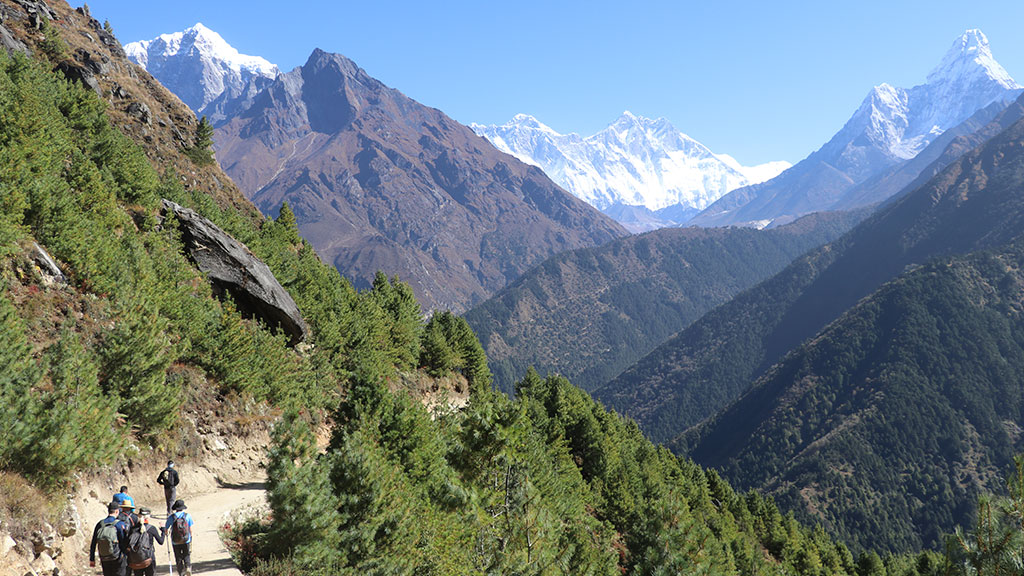
Mid-September
Early September can be more humid. The region might still receive monsoon rain. However, mid-September is the time right after the monsoon. So, there are very fewer chances of rainfall.
The weather becomes more dry and stable. September is also the month of the festival in Nepal. This means despite enjoying your trek, you can also rejoice Festive vibes.
Not just the weather, but the atmosphere is also jolly. Experience the crystal clear blue skies, magnificent Himalayas and rugged landscapes. It’s an opportunity to immerse in the Nepalese culture and tradition.
Autumn season is quite warmer. This is the best time for Everest Base Camp trek. The warmer days and adjustable nights during September makes the trek more comfortable and risk-free.
October
October is mid of autumn. In the Everest region, there is no other trekking time as perfect as October. The trek exhibits the most stunning views of glistening peaks, green mountains, and hills.
The clear blue sky adds beauty to the sceneries. The weather is calm and the air is so fresh. Days are warmer and nights are colder, yet bearable. The temperature goes on decreasing with ascending altitude.
In October, there is least possibility that the views are obstructed due to bad weather. The sky usually remains clean and the sun shines brightly.
The trek route is the busiest in October. So, you must take care of food and accommodations prior to the trek.
Early-November
Autumn passes towards its end as November marches in. In November, the temperature in the Everest region starts decreasing. The temperature gets slightly colder than in October.
The days are still warm. The weather is dry and clear. Trekking in November is a wonderful experience. The temperature is a mixed type. Nights are much colder. Yet, the days remain warmer. You may also see occasional snow falls at the end of November.
The distinct views of rugged landscapes, beautiful hills, and snow-capped mountains are admirable. Trekking in this time means there is very less risk of snowfall, rainfall and slippery trails as in monsoon.
EBC receives the maximum number of trekkers/ visitors during October and November. This makes them the two peak trekking seasons.
If you are planning to trek Everest Base Camp in February and need help, do not hesitate to contact us. We will help you to make your trip memorable.
Why are Winter and Monsoon not the Peak Time for Everest Base Camp Trek?
Winter (December, January, February) means lots of snow. The Everest region gets very cold during winter. Nights are more chilly. It gets cold, even after you wrap up warm clothes in layers. The temperature at the Base Camp may drop to -20 to -30-degree Celsius in nights.
Also, the weather is drastically varying in winter. The windstorms can bring thick snow falls. This might also obstruct the trails, mostly at passes. Also, due to worse weather, there are frequents delays or cancellations of the flight (Kathmandu- Lukla).
Monsoon (June, July, August) means dark clouds hovering in the sky bringing frequent downpours. One of the major difficulty during monsoon trek is the wet and slippery trail. They add risks to the trek.
It doesn’t rain all day, but it does in the evenings and nights almost every day. The insects like leeches and mosquitoes are more active in this time of the year. The mountains are often covered in thick blankets of clouds and mists.
Always keep in mind that the Everest Base Camp trek is doable in any time throughout the year. If you are a challenge seeker, you may attempt the trek in winter or in monsoon.
However, you will need proper and adequate gears for the treks. Carry rain gears for your monsoon trek. And pack your backpack with thick and warm clothing for winter.
With proper packing along with physical and mental fitness, you can beat the Everest Base Camp trek difficulty during these months.
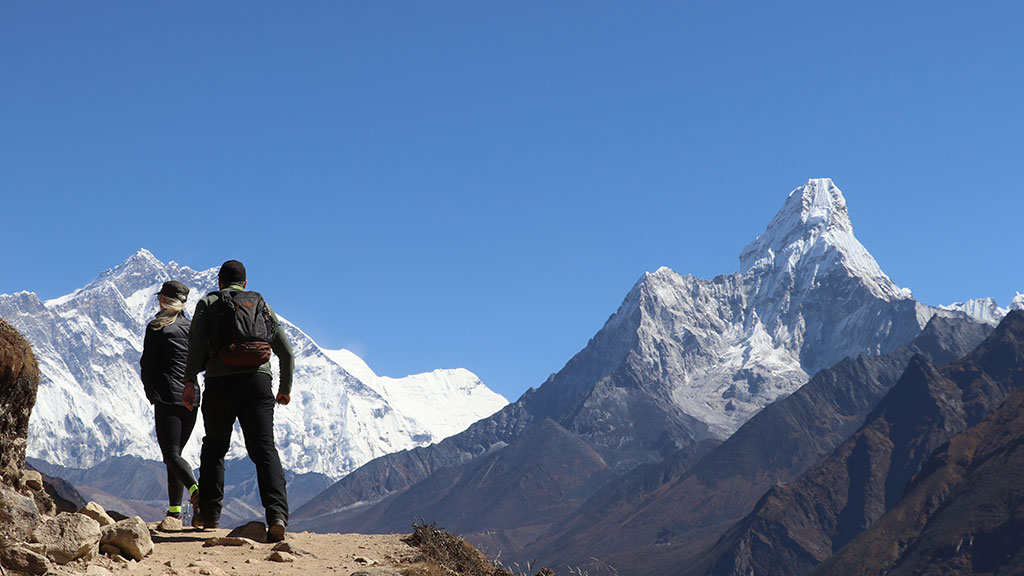
Things to Keep in Mind During Everest Base Camp Trek in Peak Season
- Do not forget pre-booking for food and accommodation. Since there is a high rush of traffic in these seasons, you might have difficulty in finding a place for lodging and food.
- Carry extra cash. There are no ATMs on the route. During the best times, the tea houses can charge more than in the off-seasons. So, make sure you have sufficient cash (Nepali currency) before you go on the actual trek.
- Make sure you pack all the must carry items. The items are much costlier in the trek. So, better you carry everything you will require by yourself.
Conclusion
Time isn’t an obstructing criterion for your EBC trek. Although Autumn and Spring are the best time for trekking to Everest Base Camp, with enthusiasm and strong determination the trek is doable in any time of the year.
Pack all the necessary gears and get ready to face the challenges Everest has to offer. Trust us! You will have an awesome trek.
We wish you good luck on your trek.
To book this trip with us, contact us.


